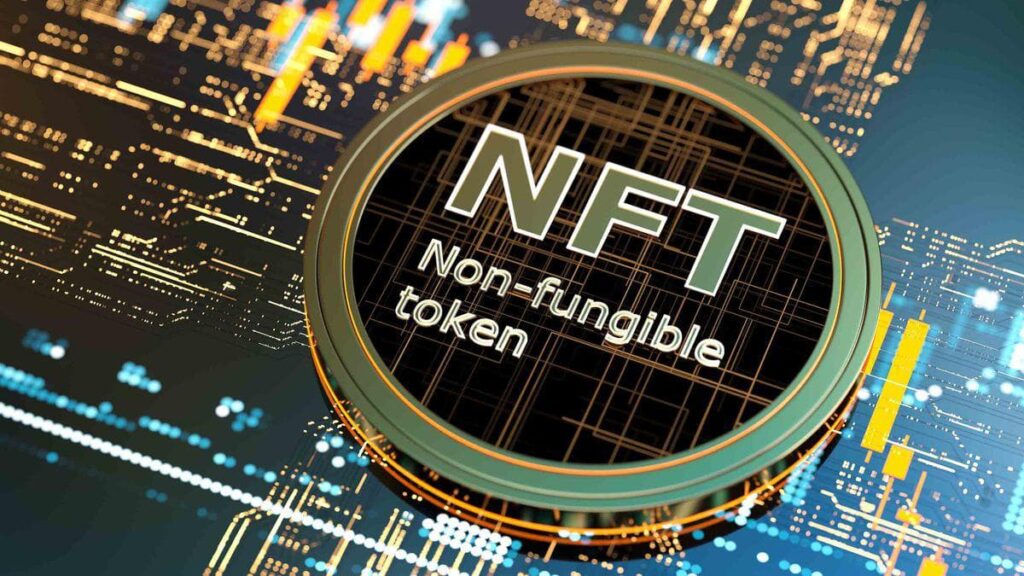In recent years, the world of digital art and collectibles has undergone a transformative revolution thanks to Non-Fungible Tokens (NFTs). These unique digital assets have not only taken the art world by storm but have also expanded into various other domains, from music and video games to virtual real estate and beyond. As the hype surrounding NFTs continues to grow, it’s worth delving into why they are considered the future of digital collections investment.
What are NFTs?
Non-Fungible Tokens, or NFTs, are digital certificates of authenticity that use blockchain technology to verify the uniqueness and ownership of a specific digital asset. Unlike cryptocurrencies like Bitcoin or Ethereum, which are fungible and can be exchanged on a one-to-one basis, NFTs are one-of-a-kind tokens that represent a specific piece of digital content. This content can be anything from digital art, music, videos, virtual real estate, collectibles, in-game items, and more.
The Value of Ownership
NFT ownership provides a level of uniqueness and exclusivity that was previously unattainable in the digital realm. When you own an NFT, you have a digital certificate that proves your ownership of a specific item, and the blockchain ensures the provenance and history of that item. This concept has breathed new life into the idea of digital ownership, allowing creators and collectors to establish true ownership of their digital assets.
Investment Opportunities
NFTs have opened up exciting investment opportunities for both artists and collectors. Artists can now tokenize their work, allowing them to sell directly to a global audience without the need for traditional intermediaries like galleries or auction houses. This can significantly increase their earnings and creative freedom.
On the other hand, collectors can invest in NFTs, speculating on the potential future value of unique digital assets. The growing interest in NFTs has created a vibrant secondary market, where rare and coveted NFTs can be bought and sold at significant premiums. This market has already produced notable success stories, with some NFTs selling for millions of dollars.
Challenges and Considerations
While NFTs offer exciting opportunities, there are also challenges and considerations to keep in mind. The environmental impact of blockchain technology, specifically Proof of Work (PoW) blockchains, has come under scrutiny due to their energy consumption. Additionally, the NFT space has seen its share of scams and copyright issues, highlighting the need for vigilant due diligence when participating in the market.
The Future of Digital Collections Investment
NFTs are reshaping how we think about and interact with digital content. They have the potential to democratize the art world, empower creators, and provide unique investment opportunities. As the technology and ecosystem surrounding NFTs continue to evolve, it’s clear that they are more than just a passing trend; they represent the future of digital collections investment.

In conclusion, NFTs have disrupted traditional notions of ownership and investment in the digital space. Whether you are an artist looking to monetize your work or an investor seeking new opportunities, NFTs offer a dynamic and transformative landscape that is reshaping the way we engage with digital collections. Embracing this technology with caution and understanding is key to harnessing its full potential in the ever-evolving world of digital assets.
The Evolving NFT Ecosystem
The NFT ecosystem is rapidly evolving, with new platforms, marketplaces, and innovations continually emerging. Major art institutions, celebrities, and brands are also entering the NFT space, further legitimizing its importance in the digital and traditional art worlds. As more industries explore the possibilities of NFTs, we can expect to see a wider range of digital assets being tokenized, from historic moments in sports to virtual real estate in the metaverse.
Challenges and Ethical Considerations
While NFTs offer exciting opportunities, they also raise important ethical questions. Issues related to copyright, plagiarism, and intellectual property rights are still being navigated in this relatively young ecosystem. Additionally, the environmental concerns associated with the energy-intensive Proof of Work blockchains, like Ethereum, have led to discussions about transitioning to more sustainable blockchain technologies.
Conclusion
As we look ahead, NFTs have firmly established themselves as a powerful force in the world of digital collections investment. Their ability to merge technology, art, and finance is reshaping how we perceive and engage with digital assets. While challenges persist, the promise of NFTs as a transformative and enduring feature of the digital landscape is undeniable. Whether you’re an artist, collector, or investor, understanding the intricacies and potential of NFTs will be essential in navigating this evolving and exciting frontier. The future of digital collections investment has arrived, and NFTs are at its forefront, unlocking new possibilities for creators and collectors alike.